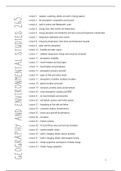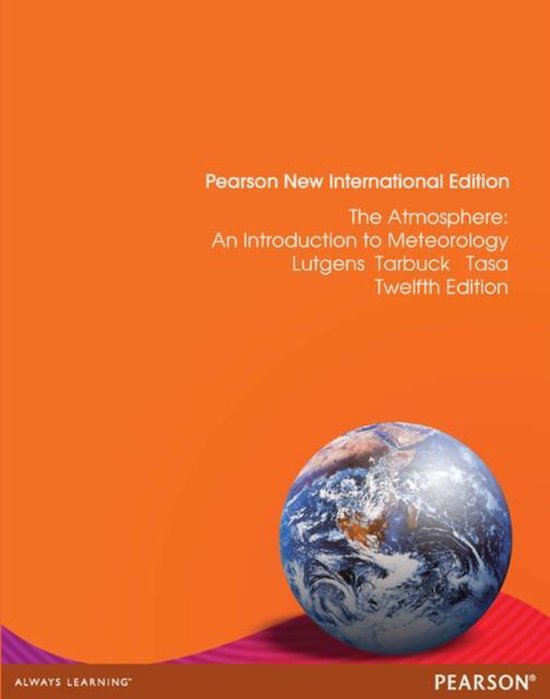Class notes
Geography and Environmental Studies 265 semester notes
- Institution
- Stellenbosch University (SUN)
Summary of all work covered in the geo 265 module on atmospheric processes and climatology (lectures 2 - 33). This document includes notes from slides, lectures and the prescribed textbook, and has all the necessary graphs, tables and images. A list of topics covered can be seen on page one of the ...
[Show more]




